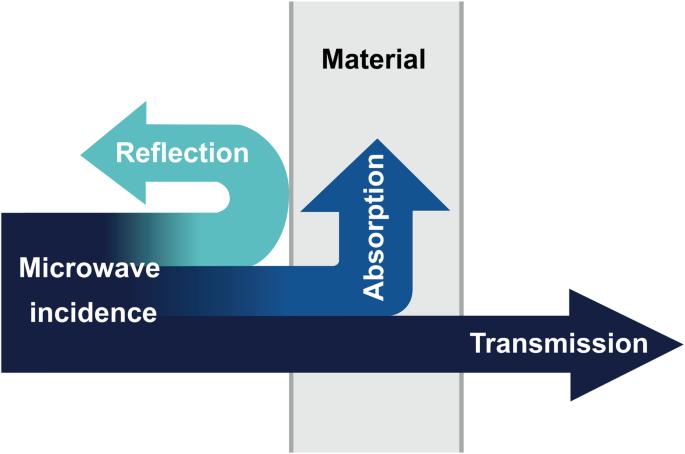Microwave catalytic pyrolysis of biomass: a review focusing on absorbents and catalysts
引用次数: 0
Abstract
The quest for low-carbon alternatives to fossil fuels and the carbon emissions associated with the natural degradation of biomass have accelerated the development of biomass processing technologies. Microwave catalytic pyrolysis is emerging as a technology for efficient conversion of biomass into energy, fuels and chemicals. However, due to the inherent poor dielectric properties and complex composition of biomass, two main technical challenges faced by microwave catalytic pyrolysis of biomass are efficient heating of biomass and improving the selectivity of target products. Potential solutions involve the use of microwave absorbents and catalysts, respectively. This review begins by addressing the difficulty in balancing energy efficiency and conversion efficiency by introducing microwave absorbents that play a positive role in improving heating efficiency. The principle of microwave absorbents in assisting biomass heating is revealed, and the impacts of the microwave absorbent type (related to microwave properties and physical properties) and the additive amount on the heating effect and biomass pyrolysis product distribution are discussed. Subsequently, the search for catalysts applied in biomass microwave pyrolysis for modulation of product distribution is explored. Special attention has been paid to the catalysts with microwave absorption properties, including activated carbon, zeolites, some metal oxides and metal salts. In addition, the energy efficiency, economic feasibility, and environmental impacts of this processing technology utilizing microwave absorbents and catalysts are examined based on energy analysis, techno-economic assessment, and life cycle assessment. The current scale-up challenges of microwave catalytic pyrolysis of biomass and some potential solutions to enhance the commercial feasibility of this technology are also discussed. Finally, the review provides some future development directions of this technology.

微波催化生物质热解:以吸收剂和催化剂为重点的综述
对化石燃料低碳替代品的追求以及与生物质自然降解相关的碳排放加速了生物质加工技术的发展。微波催化热解技术正在成为将生物质高效转化为能源、燃料和化学品的新兴技术。然而,由于生物质固有的介电性能差和成分复杂,微波催化热解生物质所面临的两大技术挑战是高效加热生物质和提高目标产品的选择性。潜在的解决方案分别涉及使用微波吸收剂和催化剂。本综述首先通过介绍在提高加热效率方面发挥积极作用的微波吸收剂来解决能量效率和转化效率之间难以平衡的问题。揭示了微波吸收剂辅助生物质加热的原理,讨论了微波吸收剂类型(与微波特性和物理性质有关)和添加量对加热效果和生物质热解产物分布的影响。随后,探讨了应用于生物质微波热解以调节产物分布的催化剂。特别关注了具有微波吸收特性的催化剂,包括活性炭、沸石、一些金属氧化物和金属盐。此外,还根据能源分析、技术经济评估和生命周期评估,研究了利用微波吸收剂和催化剂的加工技术的能源效率、经济可行性和环境影响。此外,还讨论了生物质微波催化热解目前面临的规模化挑战,以及提高该技术商业可行性的一些潜在解决方案。最后,综述提供了该技术的一些未来发展方向。
本文章由计算机程序翻译,如有差异,请以英文原文为准。
求助全文
约1分钟内获得全文
求助全文

 求助内容:
求助内容: 应助结果提醒方式:
应助结果提醒方式:


